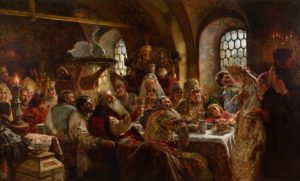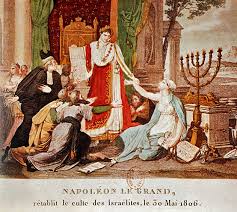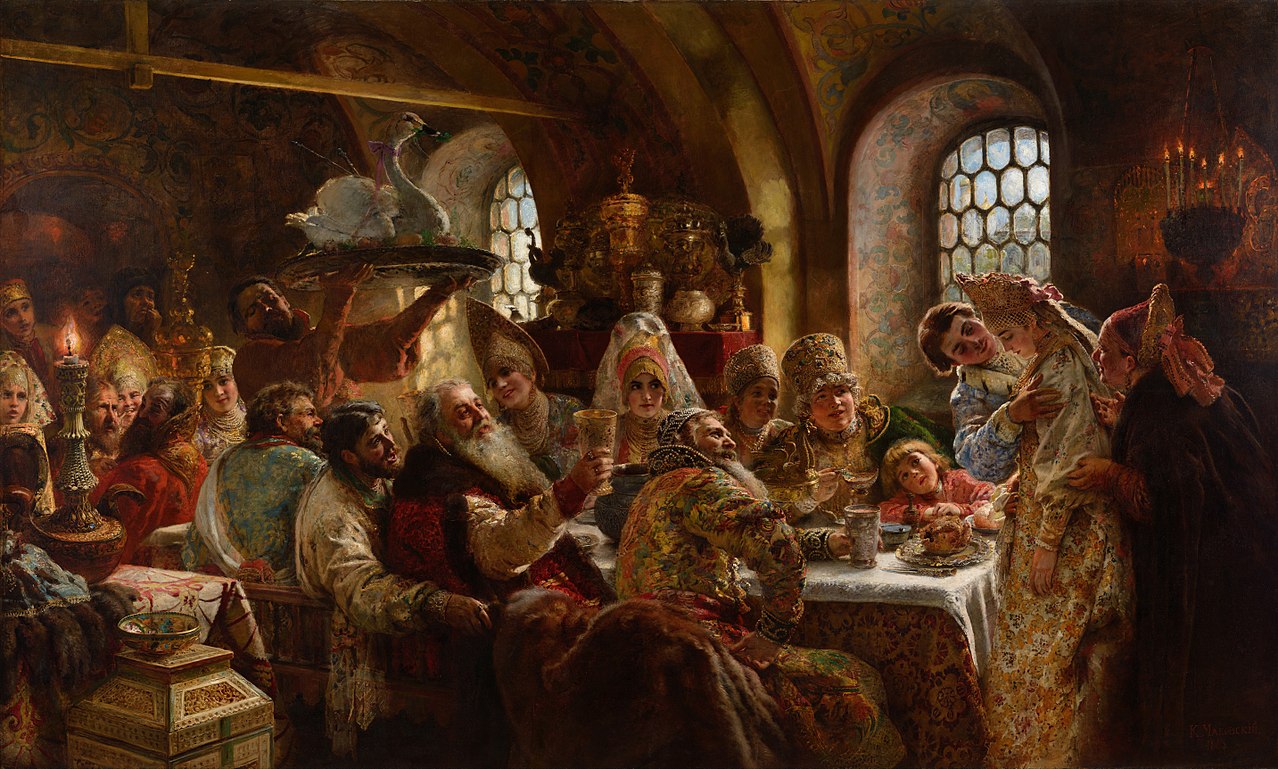Ancient Roman Weddings: Roman civilization developed mainly due to a strong social structure. This structure defined a set of laws which were followed by everyone irrespective of the class her or she belonged to.
Importance of wedding in Roman civilization and wedding ceremony customs
Weddings were also an important part of the civilization. In ancient Roman weddings used to begin in the morning. As a ritual, a lamb was sacrificed and the augurs were consulted.

Ancient Roman Weddings
As with modern weddings, there was an exchange of gifts, a ring which at first was of iron but later of gold, and a contract in the presence of a number of witnesses and the Pontifex Maximus or another high-ranking priest. The priest would ensure there was no reason for which the couple might be prohibited from contracting marriage and would ask them to make certain of their intentions.

The couple would hold right hands sit together with the sacrificial lamb’s skin laid out across their knees or actually on top of the skin. They would then eat a loaf of bread made of Spelt (primitive unselected Wheat) prepared by the bride, especially for the occasion.
Patrician Marriage Ceremony
This patrician marriage ceremony was known as “Confarreatio” and until the fifth century, BC constituted a defining point of civil law. Those who were not born of such a (legitimate) wedding were, and remained, commoner Plebs and hence were not allowed to “take auspices” ie assume positions of government.
After the Wedding ceremony in ancient Rome
The Roman Weddings ceremony was followed by a dinner at the bride’s father’s home complete with lavish food and drink. They would also sing songs called “Thalassius” or “Thalaossi” to music played on flutes and other instruments. After the dinner, the bride and groom would be accompanied to their new home by their guests in jolly procession.

A lit torch would be taken from the father’s home to light the hearth of their new abode. On the way and into the new house the company would throw walnuts in a sign of their leaving childish things behind (nuts being a very common child’s game). Virgil gives us an echo of this with “Sparge, Marite, Nuces.” (spread, my husband, the nuts..).
Ancient Roman bride
The bride would oil the door’s hinges with melted Tallow to keep out sorcery. The groom would lift the bride over the threshold like we do nowadays. This was probably something to do with the threshold being sacred to Vesta or possibly in remembrance of when the early Romans abducted the Sabine virgins, but most certainly it avoided the bride from stumbling over it, which would have been a pretty bad sign.

Once inside the new home, the Roman groom would offer his bride the keys to the door as well as water and fire, possibly as symbols of purity and chastity. He would then proceed to take her to the nuptial bed.
The fun stuff would have to wait until after a matron (who had herself married once only) had said the necessary prayers and all the guests had left, possibly singing licentious songs in jest. At this point, the groom could untie that special knot of the bride’s belt and the rest is left to the imagination.
The day after the ancient Roman wedding
The following morning everybody was invited back to the new home for lunch. At this time the bride formally became a member of her new family with her first sacrifice to her husband’s family spirits (Lares). On the same day, the groom would engage his friends on a drinking match called “Repotia” during which Horace tells us a rule maker would be elected called the “arbiter Bibendi”.
Forms of marriages in ancient Rome
The Plebeians resorted to a simpler form of marriage focused on a contract between the father of the bride and the groom. In the earliest days, this went as far as involving weighing up and documenting the dowry which was being handed over to the groom. Later this became more a formality than an actual exercise of marriage. Dining and lunching was probably much the same as that of the full marriage.

The simplest form of marriage consisted of recognition of marriage by registering a full year’s living together. This was quite frequent, even because of the ease of divorce that it allowed. Sounds quite modern really.
More info on- Roman wedding dresses, hairstyles, Accessories




